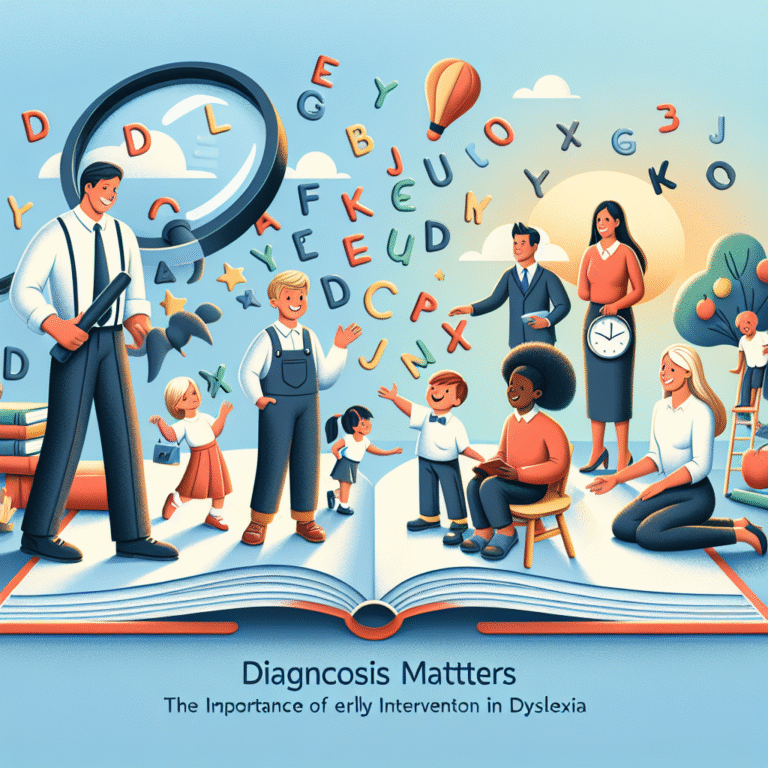
Introduction
In an era marked by rapid change and uncertainty, the importance of effective leadership cannot be overstated. Organizations across various sectors face the pressing need for visionary leaders who can navigate complexities, inspire teams, and drive innovation. This necessity brings us to our focal point: Cultivating Tomorrow’s Leaders: Strategies for Effective Leadership Development. This exploration will provide unique insights and actionable strategies necessary for developing the leaders of tomorrow, ensuring that organizations remain robust, adaptable, and poised for success.
Understanding Leadership Development
1. The Importance of Leadership in Today’s World
The landscape of leadership is evolving. With advancements in technology, globalization, and cultural diversity, the skills required for effective leadership have transformed. Understanding these changes is crucial.
- Empathy and Emotional Intelligence: Leaders today must cultivate emotional intelligence to connect with their teams and stakeholders.
- Agility and Adaptability: The ability to pivot and embrace change is more critical than ever.
- Inclusivity and Diversity: Effective leadership today necessitates fostering diverse teams that innovate.
2. What Does Effective Leadership Development Look Like?
Effective leadership development isn’t just about training; it involves a combination of mentorship, experiential learning, and personalized coaching. A systematic approach can enhance a leader’s capabilities while reinforcing organizational values.
Strategies for Cultivating Tomorrow’s Leaders
3. Establishing a Leadership Development Framework
A structured framework provides clarity and direction. Here are key components to consider:
- Assessment Tools: Utilize tools like 360-degree feedback to evaluate current leadership capabilities.
- Development Plans: Custom-tailored growth plans that align with individual and organizational goals are essential.
- Regular Monitoring and Feedback: Establish a culture of continuous learning through frequent check-ins and feedback loops.
4. Implementing Mentorship Programs
Case Study: Google’s Mentorship Initiatives
Google implemented a mentorship program designed to pair emerging leaders with seasoned executives. The results showed that mentored employees reported higher job satisfaction and engagement levels, leading to greater retention rates.
Analysis: This case underscores the value of pairing potential leaders with mentors who can provide insight and guidance. Such relationships are instrumental in developing a strong leadership pipeline.
5. Embracing Experiential Learning
Experiential learning offers participants real-world challenges in a controlled environment. Techniques can include:
- Role-Playing: Allowing potential leaders to practice handling difficult conversations.
- Project-Based Learning: Assigning real projects where emerging leaders can take charge.
- Simulations: Using technology to create scenarios that hone decision-making skills.
6. Fostering a Culture of Lifelong Learning
Organizations must instill a growth mindset. This involves:
- Encouraging Continuous Education: Allow leaders to pursue courses and certifications relevant to their growth.
- Organizing Workshops: Frequent workshops on emerging leadership trends ensure leaders are well-equipped.
- Creating Knowledge-Sharing Platforms: Internal forums or collaborative tools encourage leaders to share their insights and experiences.
7. Leveraging Technology for Leadership Development
The role of technology in leadership development is significant. Consider integrating:
- Learning Management Systems (LMS): Platforms like Coursera or Udemy allow leaders to access courses on demand.
- Virtual Reality (VR) Training: Utilize VR to mimic real workplace scenarios, providing immersive learning experiences.
- Data Analytics: Measure progress and success rates using analytics tools to fine-tune development strategies.
Measuring Leadership Development Success
8. Key Performance Indicators (KPIs)
To evaluate the effectiveness of leadership development programs, organizations should consider metrics like:
- Employee Engagement Scores: Tracks the impact of leadership on team morale.
- Retention Rates: A decrease in turnover may indicate successful leadership development.
- 360-Degree Feedback Improvements: Regular assessment of leaders by their peers and team members.
9. Celebrating Milestones and Successes
Recognizing achievements not only motivates individuals but also promotes a culture of excellence.
- Awards and Recognition Programs: Celebrate outstanding performances among emerging leaders.
- Showcasing Success Stories: Sharing stories of successful transitions to leadership can inspire others in the organization.
Conclusion
Cultivating the leaders of tomorrow requires strategic thought, particular focus, and comprehensive planning. By implementing a structured approach through mentorship, experiential learning, a culture of continuous education, and innovative technological solutions, organizations can ensure robust leadership pipelines. As we continue to navigate an increasingly complex world, prioritizing effective leadership development becomes not just beneficial, but essential.
Remember the mantra: Empowerment today leads to exceptional leadership tomorrow. As we venture into the future, let us commit to cultivating tomorrow’s leaders through intentional strategies that foster growth and resilience.
FAQs
1. What is the difference between leadership training and leadership development?
Leadership training often focuses on specific skills or tools, while leadership development is a holistic approach that encompasses personal growth, emotional intelligence, and strategic thinking over time.
2. How long does it typically take to see results from leadership development programs?
Results can vary based on the program’s structure, individual commitment, and organizational culture, but many organizations report noticeable changes within six months to a year.
3. Can leadership development be effectively remote?
Absolutely! Many leadership development strategies, including mentorship, online courses, and virtual simulations, can be adapted for remote environments, providing flexibility and accessibility.
4. How do you identify potential leaders within your organization?
Look for individuals who demonstrate strong communication skills, a willingness to learn, exhibit emotional intelligence, and show initiative in problem-solving.
5. What should organizations prioritize when developing their leadership programs?
Focus on aligning developmental goals with organizational objectives, fostering a culture of learning, and providing ongoing support and resources for emerging leaders.
By honing in on Cultivating Tomorrow’s Leaders: Strategies for Effective Leadership Development, organizations can build a future where strong, effective leaders meet the challenges of tomorrow with confidence.

















